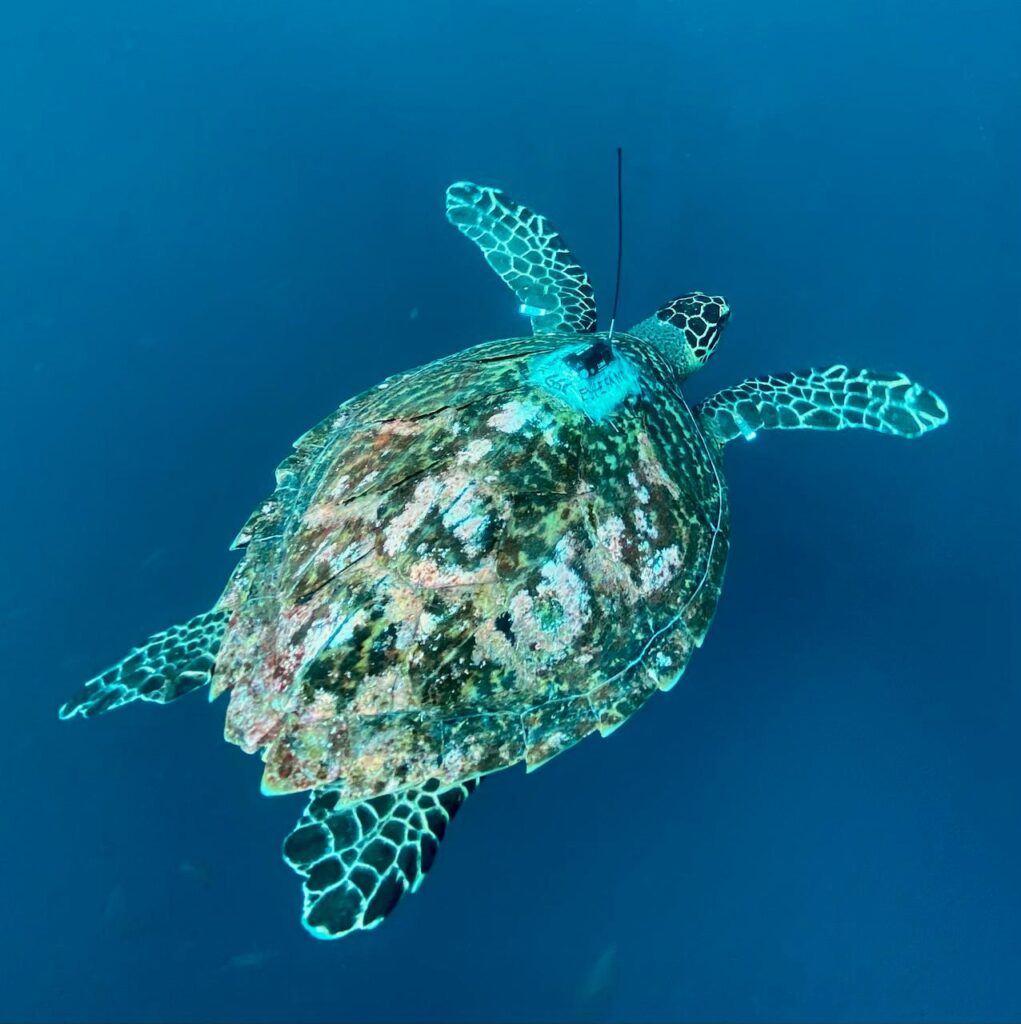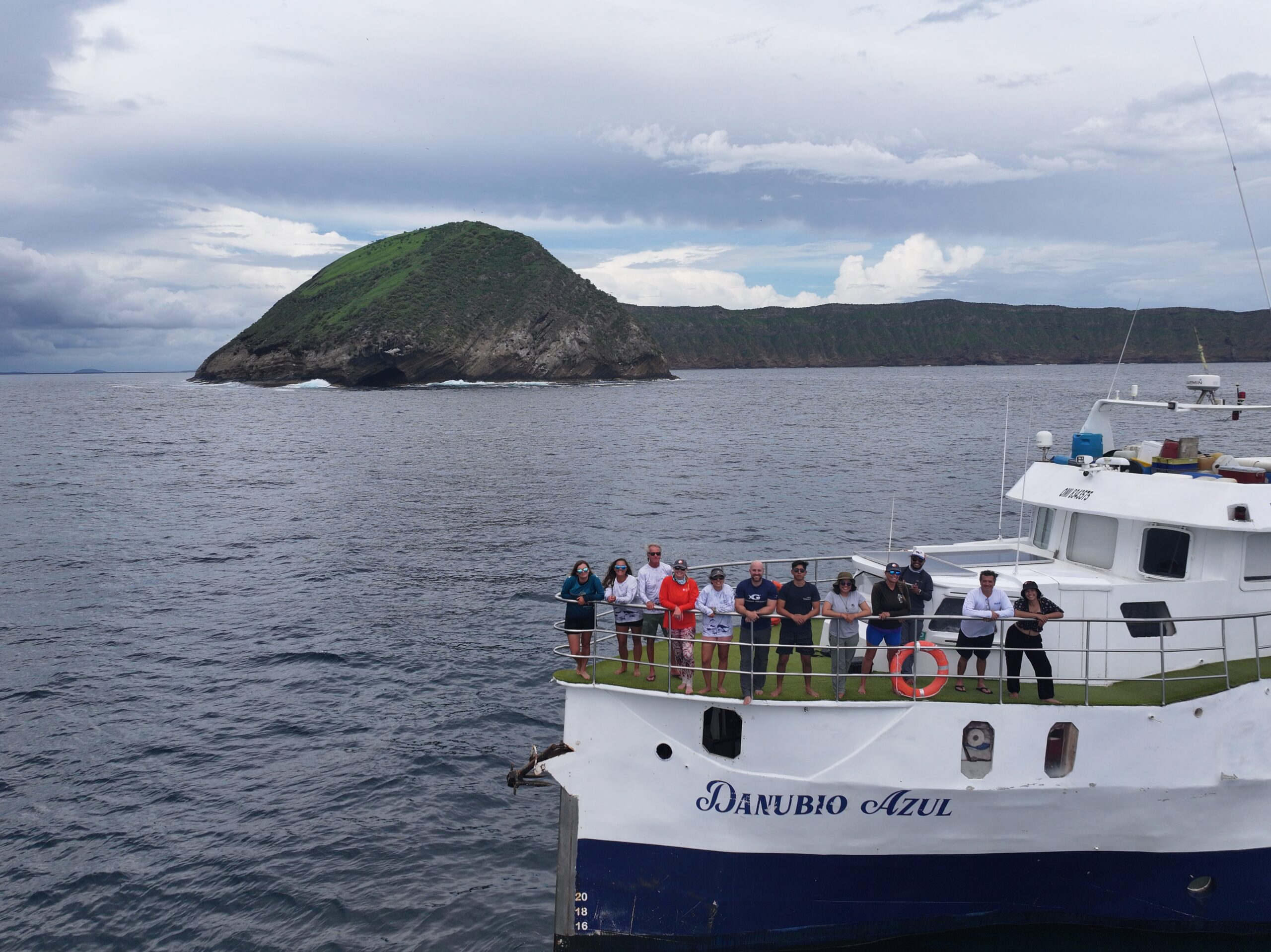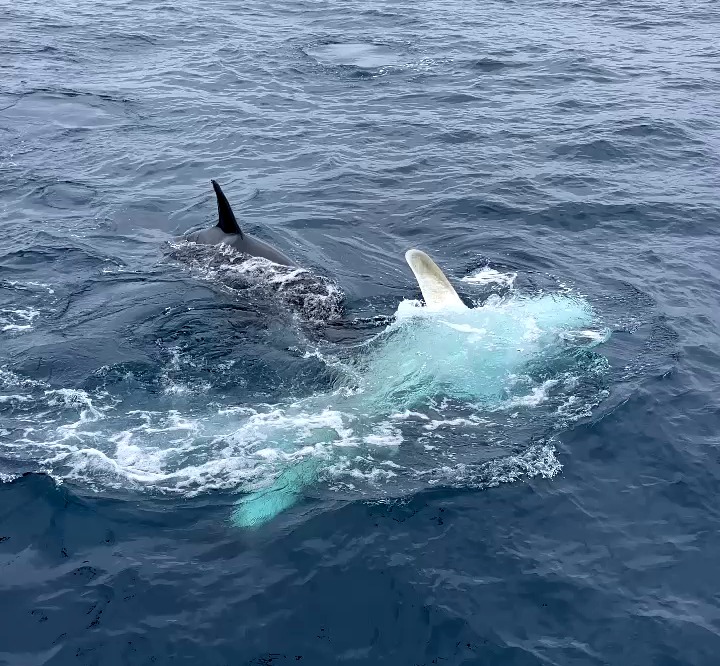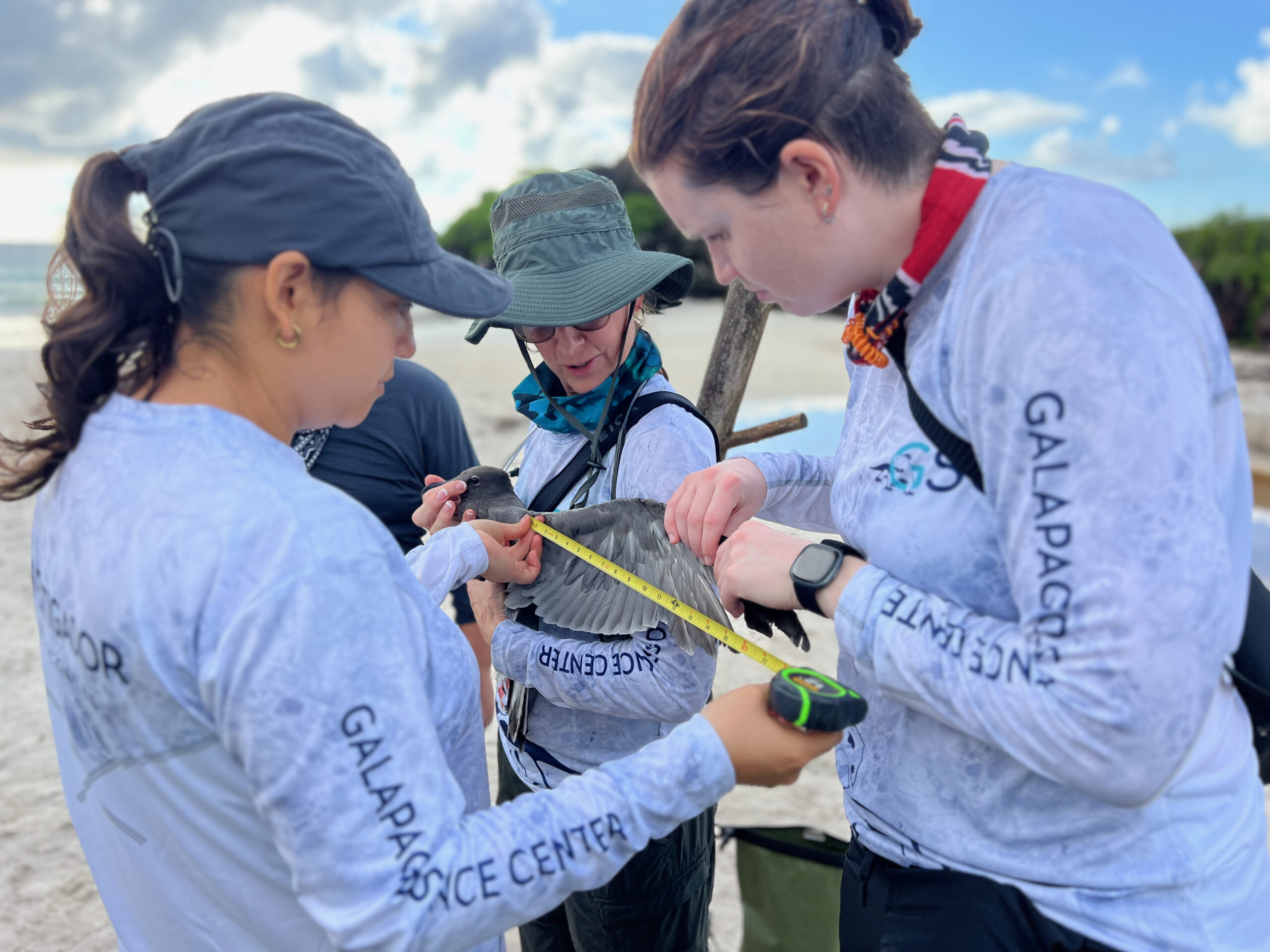Este estudio presenta los primeros registros de conectividad entre tortugas carey (Eretmochelys imbricata) en las Islas Galápagos y el Ecuador continental. Se documentaron tres casos de captura-recaptura: una hembra, un macho y un juvenil, todos originalmente marcados en las Galápagos y posteriormente recapturados en la costa continental. Estos hallazgos son significativos, ya que representan las migraciones más largas registradas para esta especie en el Océano Pacífico Oriental (OPO) y proporcionan evidencia de movimientos de desarrollo y reproducción entre áreas de forrajeo y anidación. Además, el estudio destaca la importancia de la colaboración entre investigadores, ONGs y programas de ciencia ciudadana, como el proyecto Foto-ID de Equilibrio Azul, para la conservación de esta especie altamente amenazada. Los resultados obtenidos sugieren que las tortugas carey en el OPO podrían realizar migraciones de ida y vuelta para anidar o copular, subrayando la necesidad de continuar con los esfuerzos de monitoreo y conservación en ambas regiones.
Para acceder al paper descárgalo aquí: *Texto solo en inglés*






